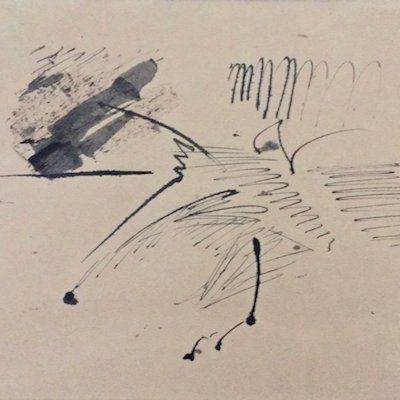
L’Échiquier , 1961
- Inches
- Centimeters
- USD
- EUR
- GBP
- Recently Added
- Price (low-high )
- Price (high-low )
- Year (low-high )
- Year (high-low )
Seek an Artwork by Helena Vieira da Silva
If you are searching for a specific piece by Helena Vieira da Silva, let us know what it is, and we will explore our network to find matches. Our goal is to assist you in discovering artworks that align with your interests.
What is Art Informel?
Art informel refers to gestural techniques and improvisatory methods common to abstract painting during the 1940s and 50s. It is a French term for the many styles that dominated these decades. Artists use this term because these styles were based on primarily informal techniques.





















